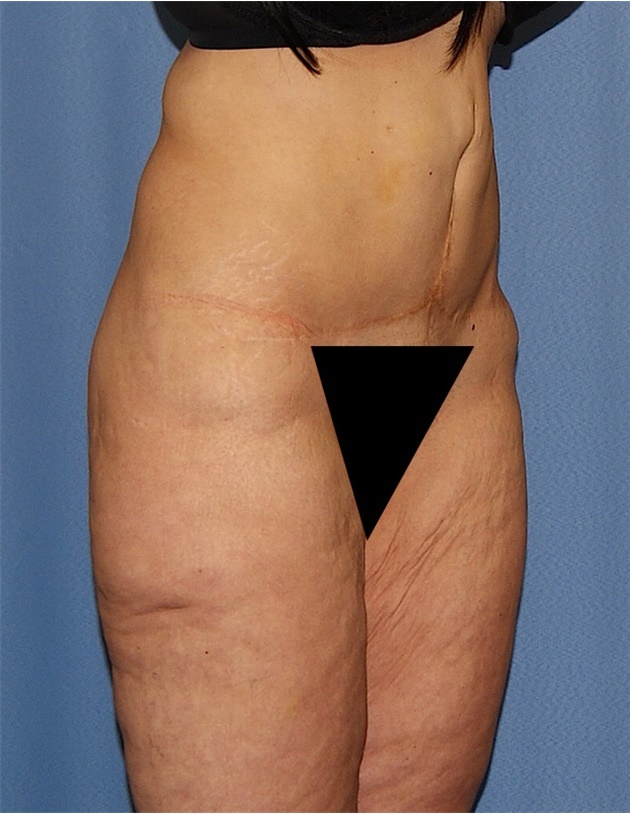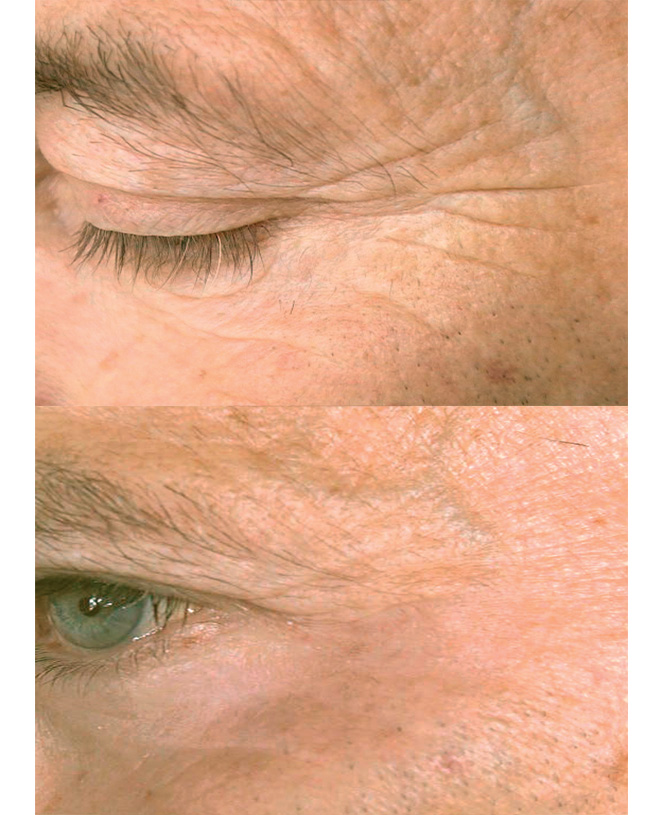
A nonsurgical procedure is an option if you aren't sure whether a browlift is right for you. These procedures are known as browlifts. They can be done in just one hour. In addition to the cost, the recovery period and potential complications of a brow lift surgery are also important information to consider. You may also want to consider whether you are willing and able to travel overseas for the procedure.
Cost of nonsurgical eyebrow lift
While non-surgical browlifts are more affordable than surgical ones, there are some things you should consider when comparing them. A well-known surgeon will charge more for his or her services, and the results of a cheaper procedure might not be as satisfying as you might expect. A less attractive appearance could lead to more surgery and higher costs. A cheaper procedure is also riskier, as it may result in a revision surgery, which could further increase the cost.
There are two ways to calculate the costs of nonsurgical brow lifts. This procedure is more expensive if you do not plan to wear makeup. You will also need to budget for any post-operative and pre-operative care. This includes any medicines and supplies that you will need to take during the procedure, as well as any missed work and recovery time. A hybrid procedure may not be covered by your insurance.

Recovery time following brow lift
The recovery time after a brow lift depends on the specific procedure. For the first two week, avoid strenuous exercise. Within this time, you may feel well enough to go for short walks and handle light housework. In addition, you should avoid alcohol and smoking for at least two weeks. The swelling and bruising that occurs after surgery will subside within two to three weeks. Patients can also take the help of warm compresses to reduce swelling and bruising.
There are different recovery times for a Brow Lift. You should be aware that the procedure could result in an increased hairline or hair loss at the incision site. The surgeon may be able to address this problem with scar excision or hair grafting. A brow lift can also be dangerous due to bleeding, infection or an adverse reaction to anesthesia. Before you have the procedure, your doctor should be fully informed about your medical history. Your doctor may prescribe painkillers or anti-inflammatories. After the procedure, you may need a drain tube.
There are complications to brow lift surgery
The recovery time from brow lift surgery depends on the method used and whether additional procedures are done. There may be some swelling and bruises that will disappear within two to three week. You can shower on the day of surgery. A hair conditioner can be applied to the area to minimize the risk of having matted hair. Light exercise can be done up to two weeks after surgery. A fourth week can allow for more intense activity.
The brow lift procedure is done with a general anesthesia or intravenous sedation, also known as twilight sedation. The surgeon will make incisions where necessary along the brow line, brow bone, and raise the skin and deep layers to the forehead. A brow lift procedure will usually leave a scar. But, once the hair has grown back, it should disappear. The scar is the most common concern after a browlift.

Traveling abroad for brow lift surgery
If you're looking for a top-quality surgeon to do a browlift, it is worth traveling abroad. The procedure is extremely safe, with a success rate of 92%. Patients who are interested in cosmetic enhancements to the face or brows can travel abroad, although there is a risk of complications. These are just a few of the many benefits that traveling abroad can bring for brow lifting surgery.
Most common side effects of browlift surgery include bruising, swelling and scarring. Revision surgery may also be required due to risks like infection, nerve damage, and facial imbalance. Talk to your surgeon if you have questions. Patients will experience swelling and bruising for two weeks after surgery. Some patients may also experience increased hair loss at the incision sites, and some may experience loss of sensation in the area of the surgery.